incl. VAT plus shipping costs
Immediate delivery, express possible ![]()
More than 20 Articles in stock
Delivery only innh. Germany and Austria possible.
Switch to the German store
- Item no: 7029
Fast delivery times
All products are in stock with us!14 years of breeding experience
Let our team of experts advise you!High customer satisfaction
from over 3,000 reviews "| Water values: | soft to hard |
| Breeding: | simply |
| Temperature: | 20-25 °C |
| Behavior: | Active |
| with fish?: | Yes, with peaceful fish |
| Fish group: | Barbs |
| with shrimps?: | with shrimps from 4-6 cm size |
| Planting possible?: | conditional* (see description) |
| Aquarium size: | 100 l (approx. 80cm) |
| Diet: | omnivorous - omnivorous |
| Origin: | Asia |
| Visual effect: | Especially colorful |
| Final size: | 4-8 cm |
| Difficulty: | 1 - Simple |
| Feature: | dynamic group behavior |
| with large crabs?: | No |
| with snails/shells?: | conditional* (see description) |
| with dwarf crabs?: | No |
| Pelvic region: | Center |
| with crabs?: | No |
Barbus tetrazona, also called moss bar b or green moss barb, is a breeding form of the more familiar striped Sumatran barb. Both species are also commercially available under the scientific name Puntius cf. tetrazona. The 6-7 cm long moss barb has a high-backed, but narrow body, which, apart from the head, is completely scaled. Their basic color is metallic green to black, but can be irregular and with an eye patch. The outer dorsal and caudal fin seams are red, as are the ventral and pectoral fins, also the mouth may be reddish almost over the head.
These animals are very easy to care for and are therefore already suitable for beginners, as they do not have high demands on the water values and forgive minor mistakes. Usually they are easy to breed with a little practice. Moss barbs are group fish, which not only maintain a hierarchy, but also a clear social behavior. Your group should include at least 7-10 animals with a clear excess of females. They are lively and dominant animals that should be fed a well-balanced diet, as they will definitely fight over the food of their fellow fish.
The males can be distinguished from the females quite easily. Their dorsal fin shines intensely red, whereas the females have rather paler fins and also a stronger physique.
For breeding, a rearing aquarium of at least 60 liters is recommended. Moss barbs are free spawners and also strong spawn pred ators. Therefore, for egg laying, one male with two females are transferred to the rearing aquarium, which should have the same water parameters as the holding tank. A light layer of substrate and some weed growth in the form of fine-feathered aquatic plants are helpful, and a small internal filter should be installed for aeration. Mainly moss barbs spawn, like most fish, in the early morning hours and should be removed from the rearing aquarium afterwards, otherwise they will eat the laid eggs. Within 2 days the young already hatch and can be fed with micro worms, slipper lizards and Artemia nauplii.
Moss barbs are very active, sometimes hectic fish, which are equally fond of swimming and therefore require at least an aquarium of 80 liters or more. Similar to their original habitat, the pH value should be between 6.5 and 7.5, the water hardness between 2 and 20 °dGH. They do not make any special demands on the infrastructure and do not hide in caves. Fast-growing aquatic plants in the rear and side areas are perfectly adequate. However, fine feathery plants should be avoided , as they may eat them . Floating plants create darkened areas, where they like to retreat.
Moss barbs are aggressive omnivores, eating everything from food tablets to live food, frozen food and dry food, and therefore they can be found in all water zones. Because of this, they may be prone to obesity, and also more restrained fellow fish, such as catfish, may be left behind as a result, and should therefore be fed separately. Due to their feeding behavior, moss barbs excrete a correspondingly large amount - the substrate should therefore be cleaned thoroughly with a mulm bell and the water changed regularly.
A socialization with invertebrates is not recommended, as moss barbs would regard them as live food. Co-fish should not be significantly smaller and also have a more offensive behavior. Catfish are compatible as company, but may need to be monitored daily and fed if necessary. Moss barbs maintain a hierarchy, so the group should tend to show fewer to only one male with females. The males tend to scuffle among themselves. A socialization with long-finned by-fish is to be refrained from - moss barbs sometimes pluck at the fins until the corresponding by-fish falls ill and possibly dies.
Moss barbs do not make any special demands on the food , since they dispute this, as already mentioned, to all. They can be fed with commercial granulated food and flake food, but also varied with live food and frozen food. In a community tank, consider feeding the barbs in a corner at the water's surface so bottom dwellers have the opportunity to pick up their food.
Our food recommendation: NatureHolic professional main feed is a professional main feed for all aquarium fish. We supply Hauptfeed in the form of soft granules, which, thanks to its grain size of half a millimeter, can be easily ingested by small to medium-sized fish. The soft consistency resembles the texture of insect larvae in nature and protects the fish mouth from micro-injuries.
Our plant recommendation: Use for planting NatureHolic InVitros. These are free of snails, planaria and other unwanted co-inhabitants. Also free of algae spores, bacteria and fungi.
Expert Tip: We recommend for fish keeping the NatureHolic 3 Phase Liquid. The care set offers the best all-round protection for your animals. It ensures optimal conditions for successful breeding and keeping.
| Scientific name: | Barbus tetrazona |
| German Name: | Green moss barb, moss barb, green Sumatran barb, Bornean barb |
| Difficulty level: | for beginners |
| Origin/Distribution: | Singapore, Southern Malay Peninsula |
| Coloration: | high-backed carp with green metallic base coloration, red fin seams, eye patch, red mouth |
| Age expectancy | 4-6 years |
| Water parameters: | GH 2-20, KH 10-15, pH 6.5-7.5, temperature 22-26 °C |
| Tank size: | from 80 l |
| Food | Omnivorous, live and frozen food, flake food, granules |
| Breeding | medium |
| Behavior | aggressive towards conspecifics |
| Group size | at least 7-10 animals |
| Further information | Ten typical aquarium fish for beginners and alternatives to them, Tips for acclimating fish to the aquarium, Feeding aquarium fish properly - cheap food and what it can do |
- Item no: 7029
- EAN No.: 7427061494723
Entdecke die Garnelio Welt!
Garnelio gehört zu den größten Onlineshops für wirbellose Aquarientiere weltweit.
Viele Artikel gibt es exklusiv nur bei uns im Shop.

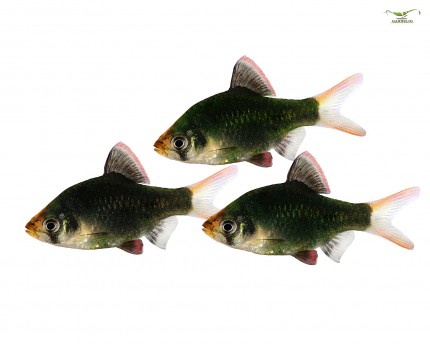


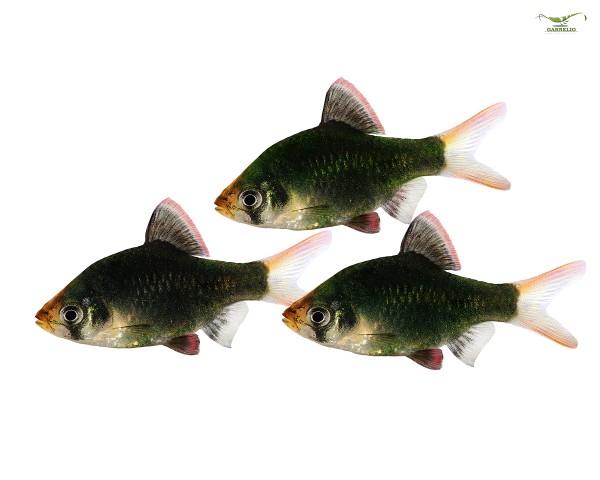


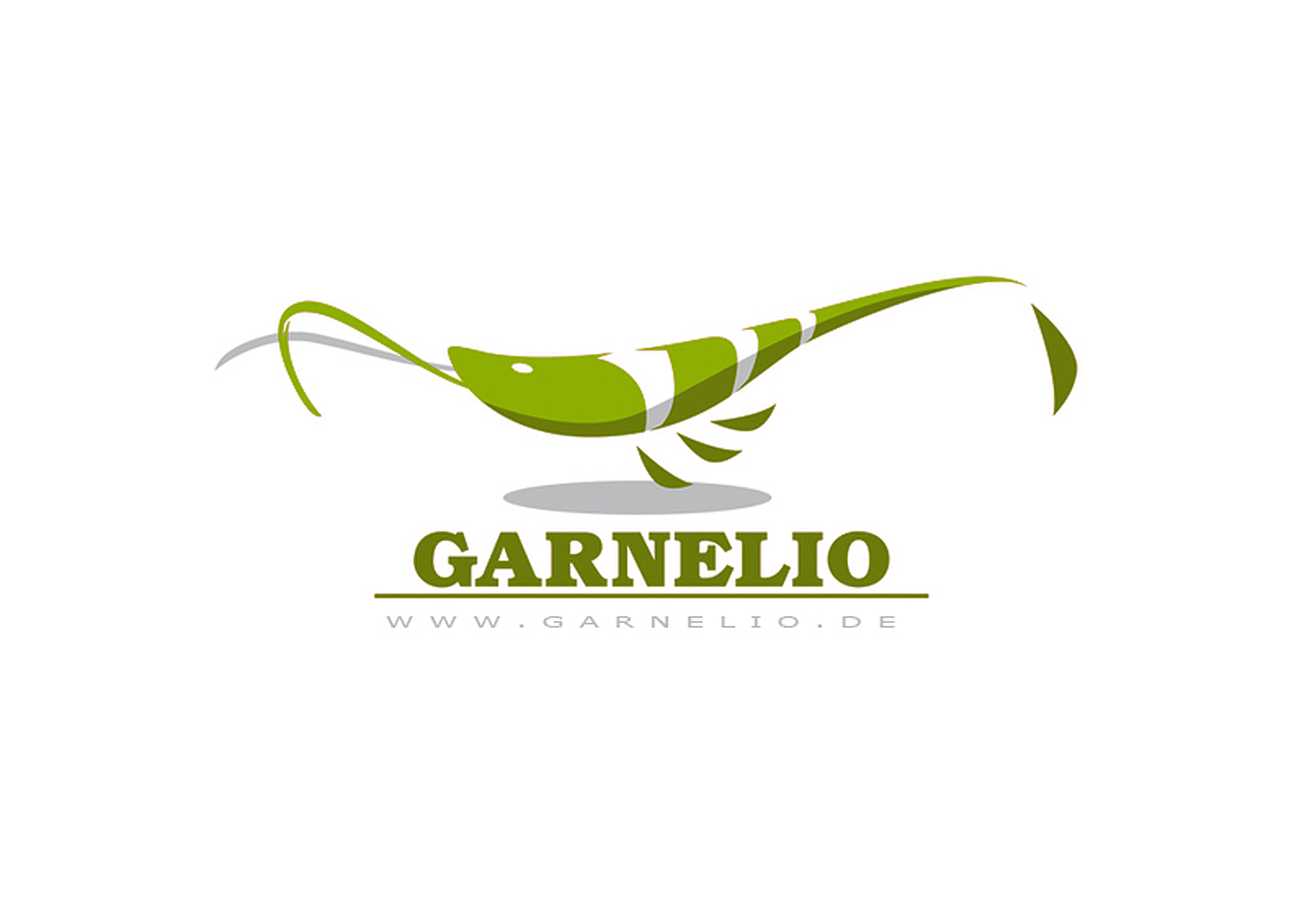
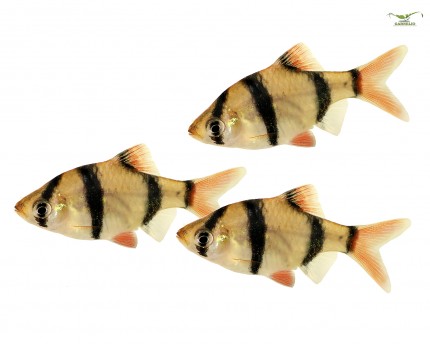
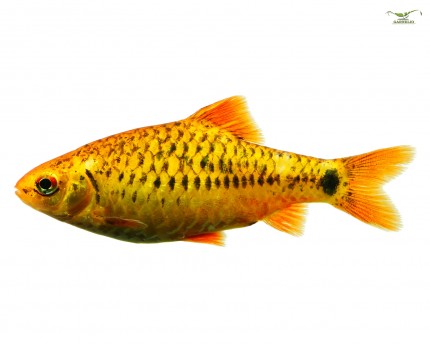

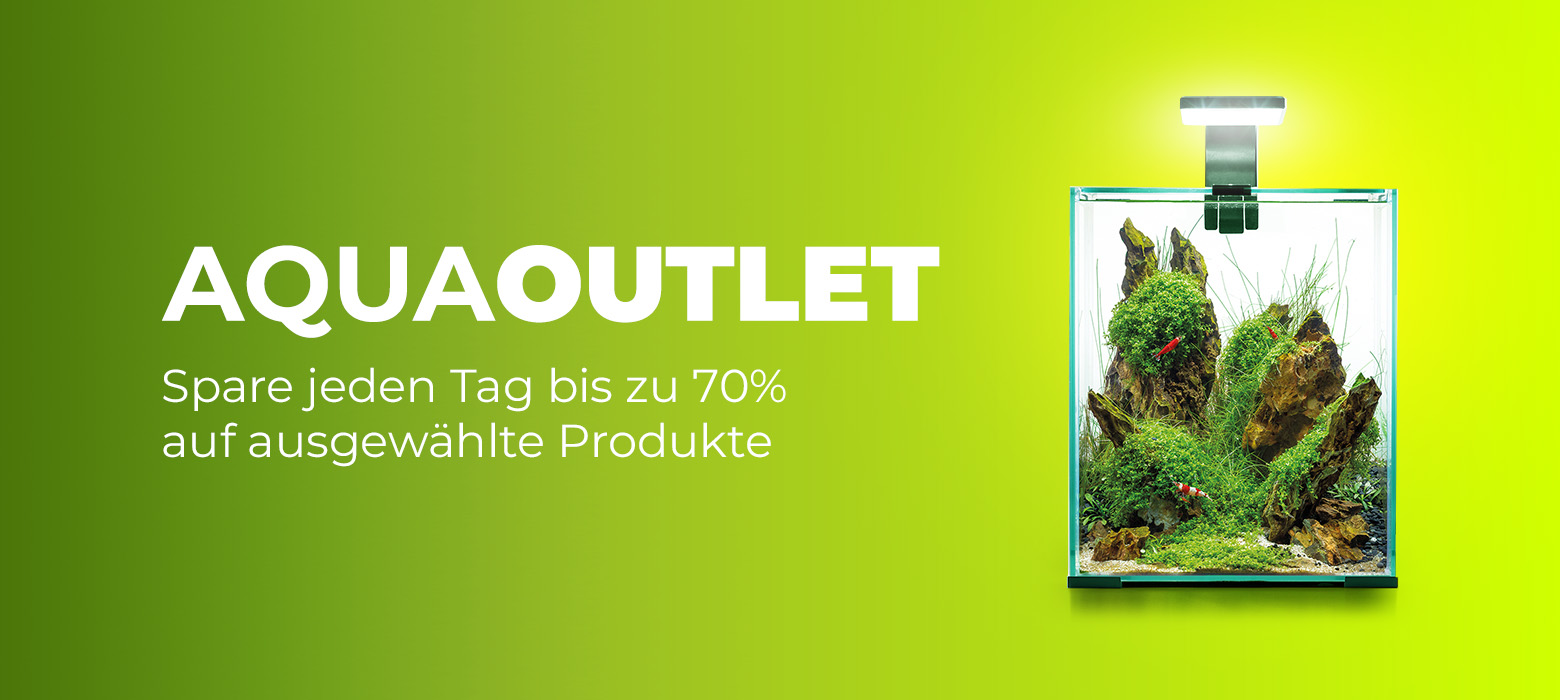
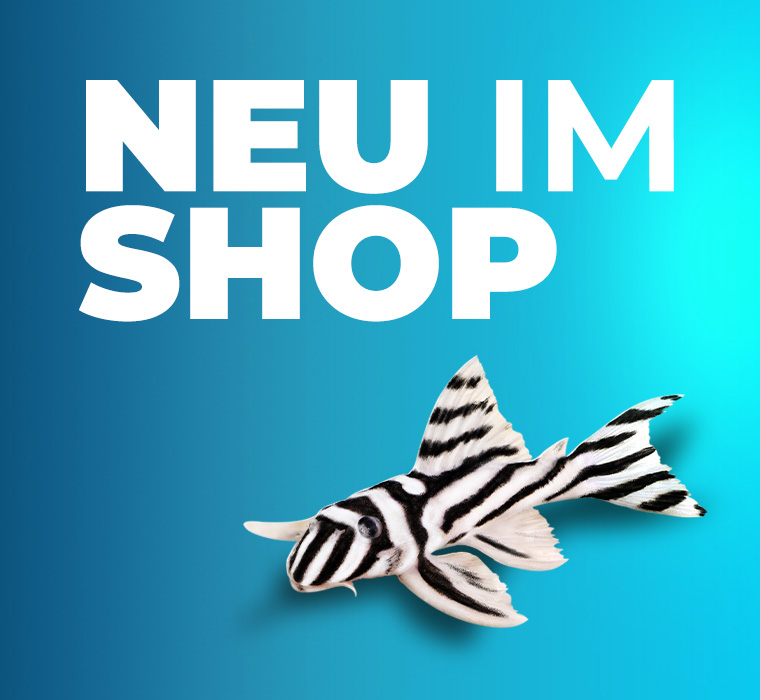
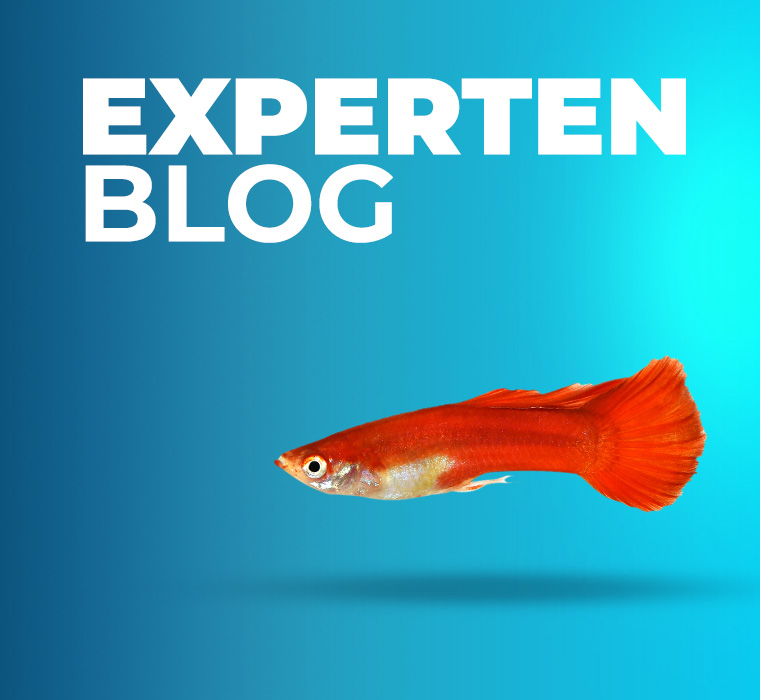

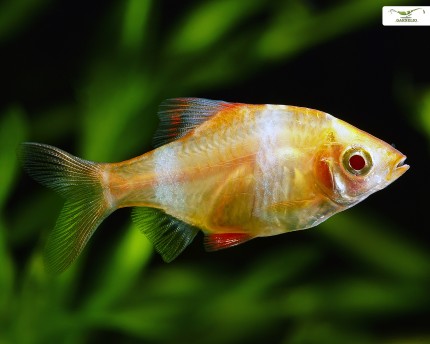
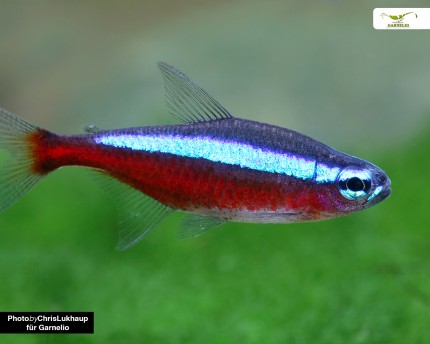
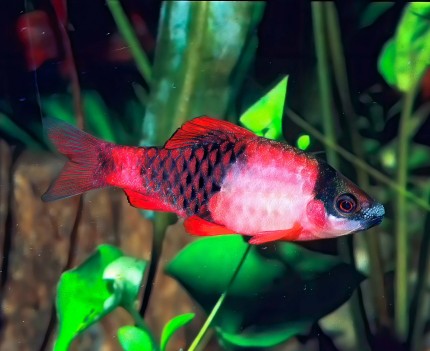
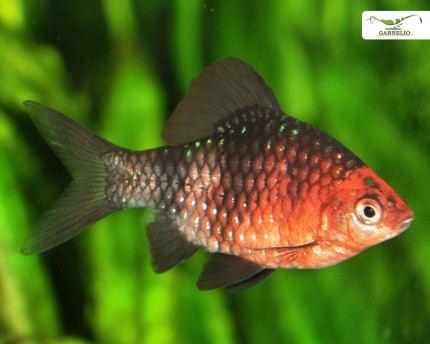
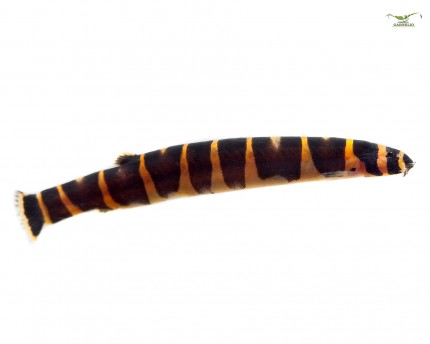
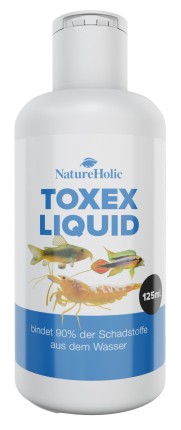
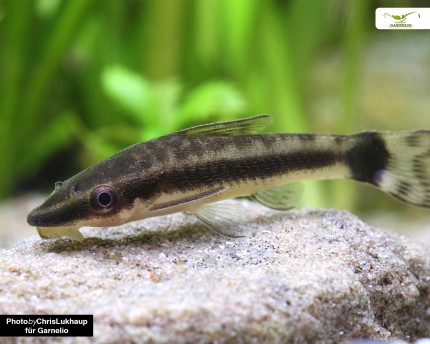
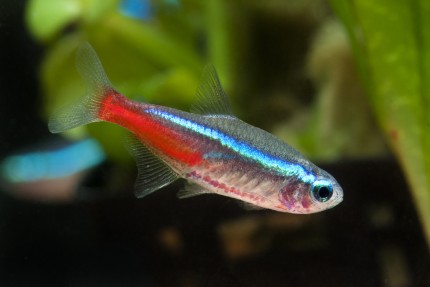
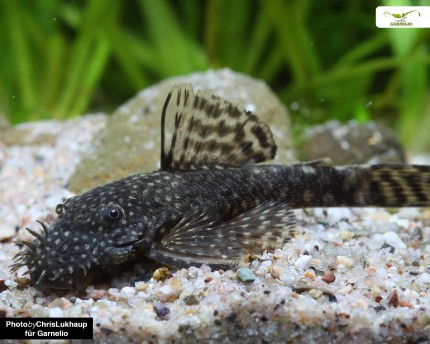
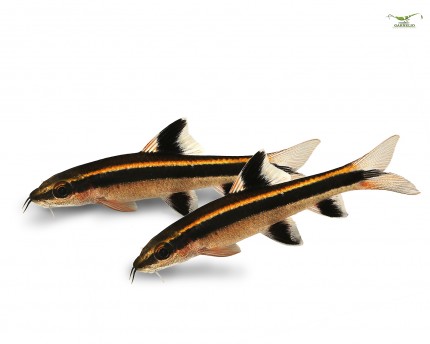
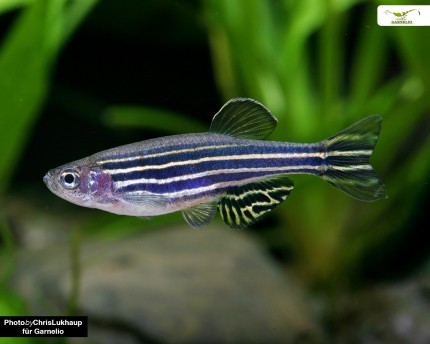
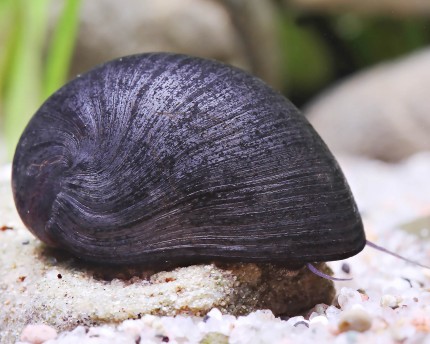
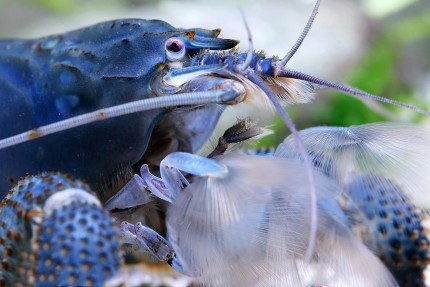
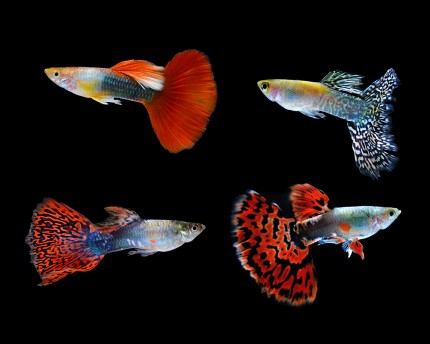
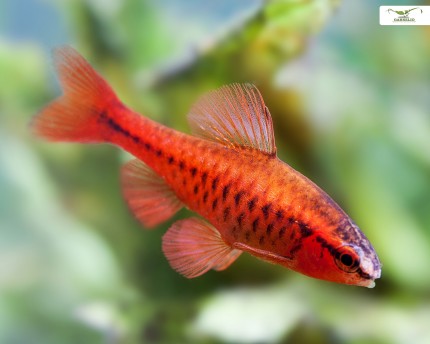
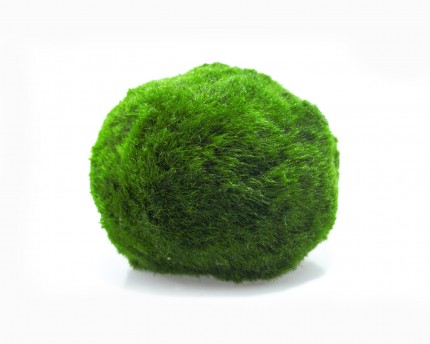
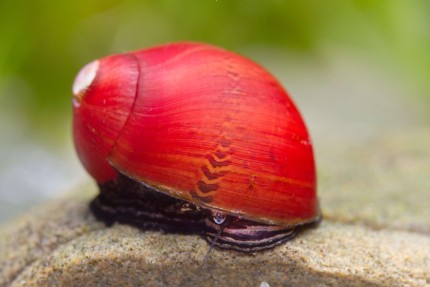
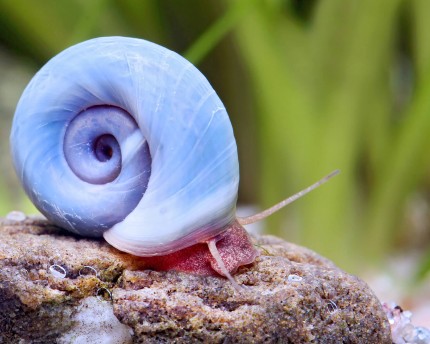
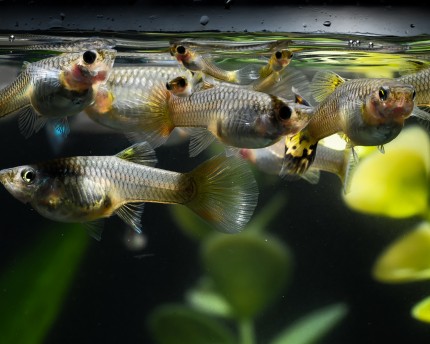
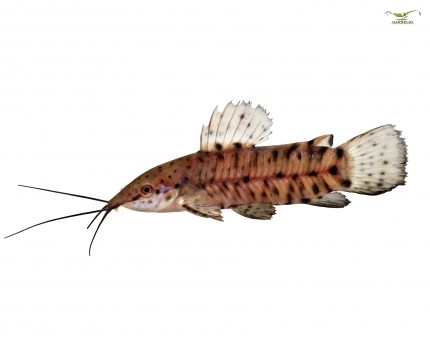
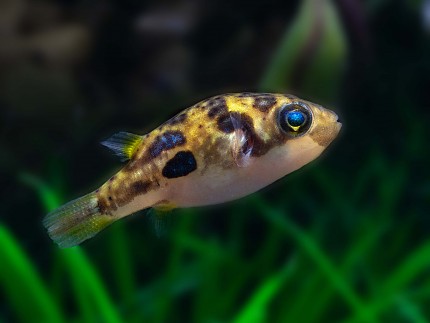
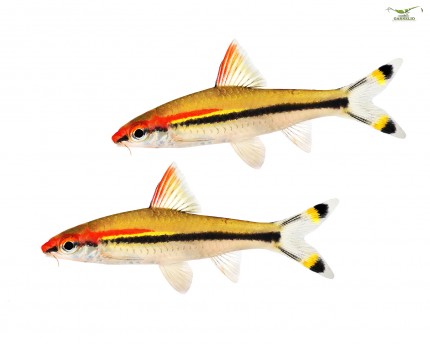
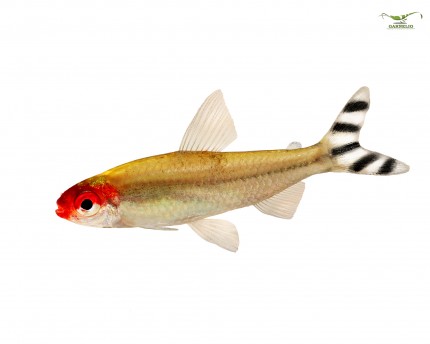
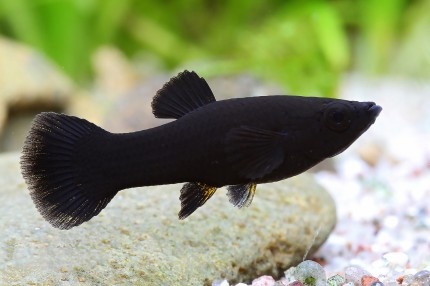
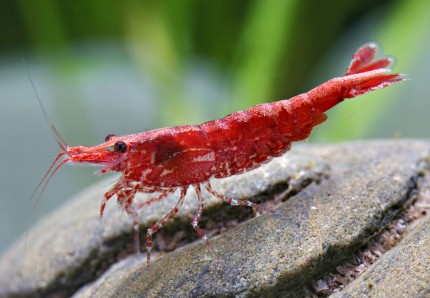
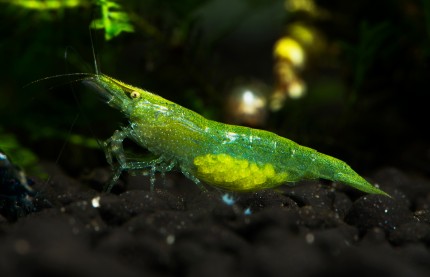
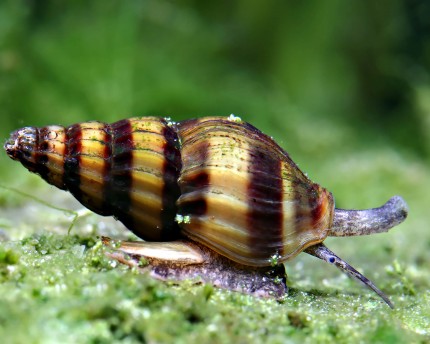
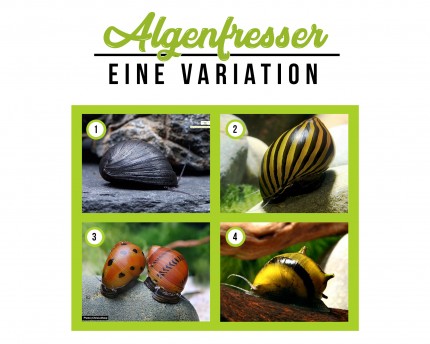
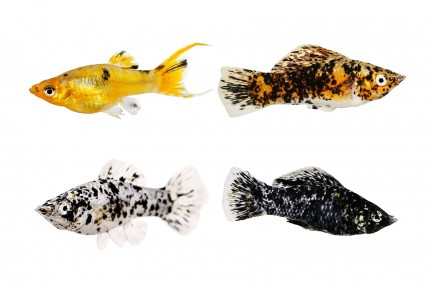
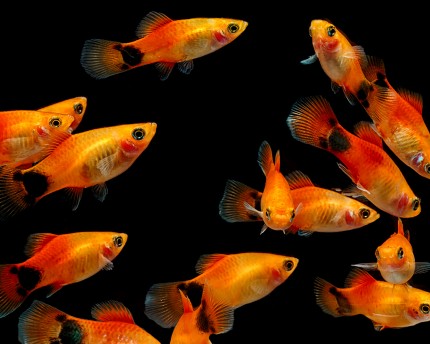

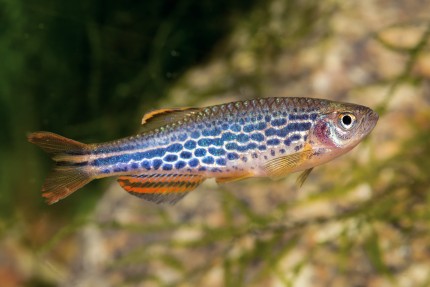
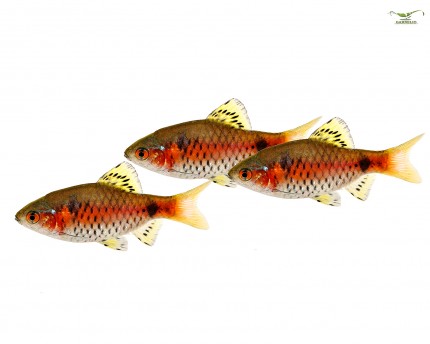
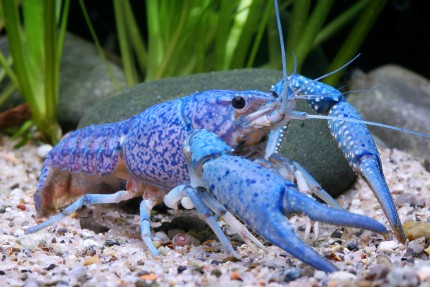
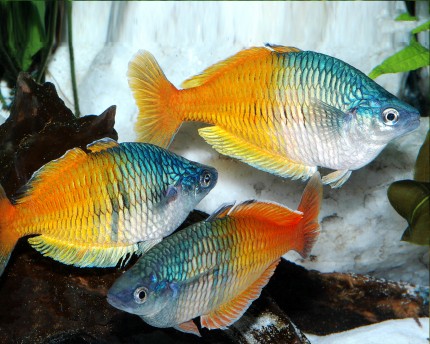
The fields marked with * are required.
I have taken note of the privacy policy.